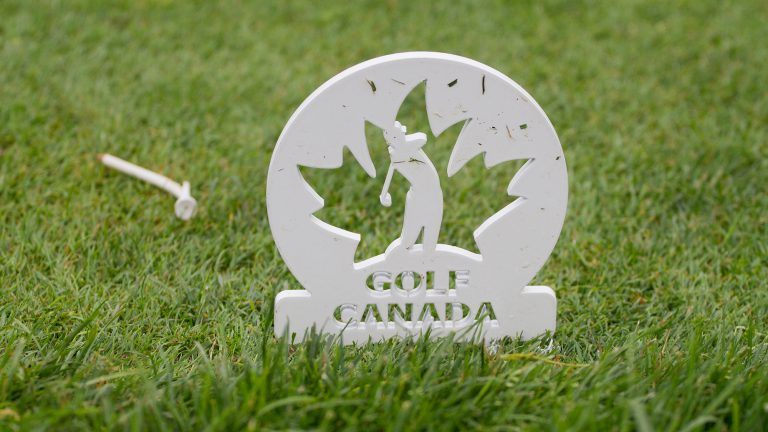When asked for my ‘Handicap’, how should I answer? Have you ever been asked on the golf course: “what’s your handicap?” Responses vary. Some say: “a bad 8,” or “a happy 14,” or joke, “my whole game.” My personal favourite is the following reply: “I’m a 22.9 and willing to engage in any friendly wager”!
Golf certainly lacks clarity in some of its definitions. You don’t have to look far: how about club or golf club, do you mean the club I belong to and where I play my golf, or the weapons I use to damage and advance the ball with? Handicap is another term that has multiple meanings in golf. It can refer to a Course Handicap or it can refer to a Handicap Factor (in the United States, this is known as Index). The term handicap has been around for ages; its origins generally relate to odds making (and yes that usually means wagering) in several sports, but none so deeply as horse racing and golf.
First, let’s look at the two terms. Then, we’ll define them and explain their meanings to clear up any misconceptions and confusion. A Handicap Factor is Golf Canada’s service mark that indicates a measurement of a player’s potential ability on a course of standard playing difficulty. It is expressed as a number taken to one decimal place (e.g. 19.4); this number is then used for conversion to a Course Handicap. There are a couple of items worth exploring here:
- Potential scoring ability in a Handicap Factor calculation, we only use a certain number of LOW scores, and for most avid handicappers, it’s the better half of your most recent 20 scores. Many assume it’s an average of all your scores, but that’s not true.
- The conversion to a Course Handicap. A Course Handicap is Golf Canada’s mark that indicates the number of handicap strokes a player receives from a specific set of tees at the course being played to adjust the player’s scoring ability to the level of scratch golfer or 0-handicap golf. A Course Handicap is determined by applying the player’s Handicap Factor to a Course Handicap Table or Course Handicap Formula. Check out Golf Canada’s App that does this for you automatically: www.golfcanada.ca/mobile; this is the conversion process.
Herein lies the beauty of the Golf Canada Handicap System. From course to course, even tee to tee, your Handicap Factor “travels” with you and the system allows you to still have a fair and equitable match/ game NO MATTER the ability of the players involved. The higher the slope rating the more strokes the higher handicapped player simply receives.
One final thought. I know some leagues love to cook up their own version, and believe they’ve created the perfect Handicap system—even making claims to have eliminated sandbagging. I’m not picking on any of them, but it would take a small dissertation to explain why alternative methods aren’t better than tracking and using a Golf Canada Handicap Factor. Unfortunately, there just isn’t enough space here. Any club, group or league properly administering the Golf Canada Handicap System experiences its benefits; all other versions are simply pretenders.
I hope this clears up any confusion and that you can educate some of your playing partners on the difference between Handicap Factor (transportable number) and Course Handicap that which you are awarded that day for that course and tee. The next time someone asks you “what’s your Handicap” you can provide a detailed answer.
| What’s your handicap?
This article was originally published in the June 2015 edition of Golf Canada Magazine. To view the full magazine, click the image to the left. |






